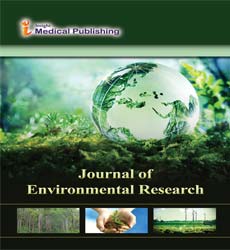Lysine is a potential antidote for paraquat poisoning-induced pulmonary fibrosis.
Abstract
Statement of the Problem: Paraquat (PQ) is an efficient herbicide but leads to pulmonary fibrosis and high mortality with no efficient antidote. PQ-induced oxidative stress has been well recognized to promote cell damage and EMT that leads to pulmonary fibrosis, however, strategies developed to target oxidative stress exhibit minor therapeutic effects, raising an urgent need to understand the precise molecular target of PQ for developing the efficient antidote. Methodology: A retrospective analysis of laboratory blood test to understand the relevance between blood calcium levels and PQ poisoning. PQ-biotin based pull down analysis, Single-cell calcium imaging, FACS analysis, QPCR, WB and immunofluorescence together to understand the molecular target of PQ and the relevant role in STIM1 activation, SOCE, calcium signaling, EMT process and the molecular mechanisms. Lysine administration in the PQ poisoned mice and cynomolgus model to evaluate the efficacy of lysine as the antidote for PQ. Findings: PQ binds to STIM1 and promotes STIM1 puncta formation, accompanied with an intracellular calcium overload and the activation of NFAT family members. PQ promotes STIM1 association with TRPC1 or ORAI1 for SOCE, making PQ reverse the defects of loss of function mutations in STIM1. Importantly, the STIM1-TRPC1 axis but not the STIM1-ORAI1 axis facilitates PQ-induced epithelial-mesenchymal transition (EMT) and cell death for pulmonary fibrosis. The poly-K region in STIM1 is essential for PQ association, which lysine, a clinical drug, successfully reduces the interaction between STIM1 and TRPC1, and impressively suppresses PQ-induced pulmonary fibrosis and mortality. Conclusion & Significance: Our results demonstrate STIM1 as the molecular target of PQ that promotes intracellular calcium overload in pulmonary epithelial cells, from which we identified lysine, the clinical drug, as a potential antidote for PQ poisoning. These findings would enable a deep understanding of PQ toxicity as well as the development of clinical strategies for PQ poisoning.
Open Access Journals
- Aquaculture & Veterinary Science
- Chemistry & Chemical Sciences
- Clinical Sciences
- Engineering
- General Science
- Genetics & Molecular Biology
- Health Care & Nursing
- Immunology & Microbiology
- Materials Science
- Mathematics & Physics
- Medical Sciences
- Neurology & Psychiatry
- Oncology & Cancer Science
- Pharmaceutical Sciences
